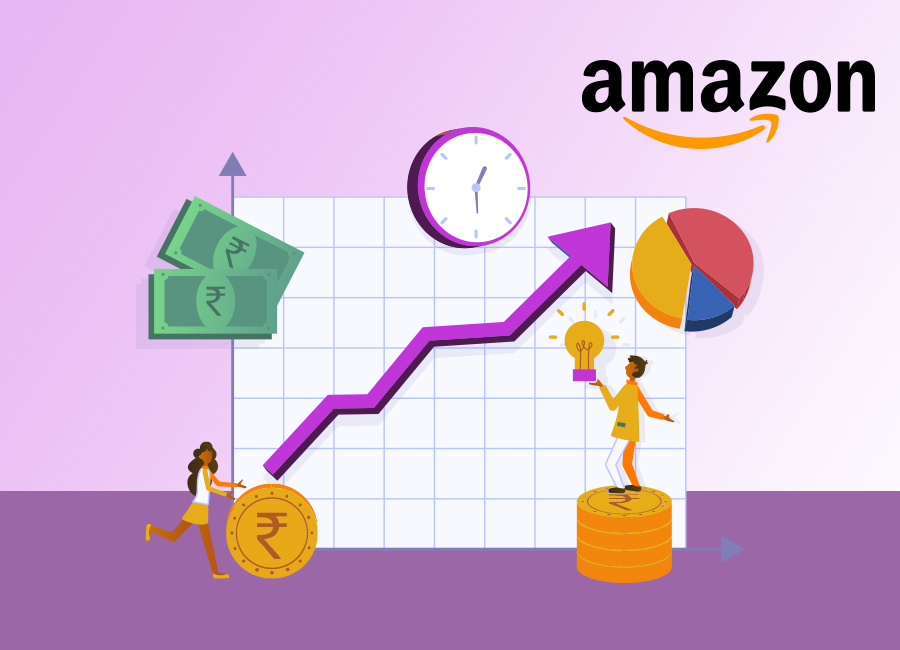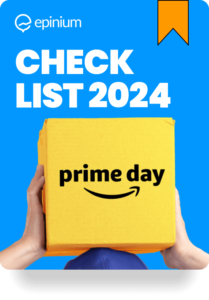While Google is often regarded as the most powerful search engine in the world, nearly 47 % of shoppers begin their product searches on Amazon, and vendors has the opportunity to make higher ROI.
Amazon has millions of searches each month, and that number keeps growing as the company captures the increasing growth of the marketplace industry.
However, consumers are not the only ones who are benefiting from Amazon’s influence. Online retailers over the world are experiencing huge sales growth thanks to Amazon.
Given how good-performing and powerful the Amazon marketplace is, it is vital for merchants of all sizes to learn how to optimize their Amazon ad investment and generate the highest ROI and lowest ACOS.
Having said this, let’s get started with the best Amazon PPC tips!
Implement similar Keywords
Keyword targeting that requires considerable thought and skill to implement effectively. Given that keywords are a basic element to a robust Amazon SEO strategy, Sponsored Products, and Sponsored Brands ads, it is essential that retailers give these terms and phrases the right care and attention.
Use Negative Keywords and Other Match Types
Implementing negative keywords is one of the most effective tactics for reducing clicks that will never convert and boosting a campaign’s ROI.
For instance, if a retailer is selling makeup brushes and the word “brushes” is used as a broad match or phrase match keyword, then the ad will likely trigger for keywords such as “hairbrushes,” “baby brushes” and different other keywords that are unrelated to makeup supplies. If users end up clicking on the ad, merchants lose money and lower their campaign’s ROI and increase their ACOS.
Target Competitor Products
There are two different strategies that retailers can implement in targeting their competitors to enhance Amazon PPC performance. Firstly, when conducting keyword research, it is a good idea to analyze competitors’ pages to apply the terms and longtails used in the title, description, bullet points, reviews, and other vital areas.
Use Automatic Targeting to nurture Manual Campaigns
Much in the same vein as many of Google Ads’ automation features, Amazon advertisers can deploy ad campaigns that leave the decisions regarding keywords and placement to the marketplace’s algorithms. While retailers give up virtually complete control over their campaigns, automated efforts remove all the tedious research and trial and error weaknesses that can cost advertisers.
However, the upside to automated efforts is that it tends to boost the number of impressions that a product gets and generates a big set of data on keywords that earn clicks and conversions that retailers can then extract and apply to manual campaigns.
With valuable data in hand, merchants can then craft and launch a manually targeted campaign in which the retailer will bid on the proof-positive keywords collected in the previous step. However, whenever entering into a manual campaign, it is crucial to refer back to the “neighbor keywords” and “match types” sections of this post to make sure maximum performance and ROI are accomplished.
As manually targeted campaigns run, make sure to analyze the data to polish bidding strategies, keyword implementation, and other essential elements. If retailers fail to improve their keyword bidding strategies, campaigns will gradually produce average results.
Use Dynamic Bids and Adjust Bids by Placement
Earlier this year, Amazon launched several new Sponsored Products bidding options, giving retailers more control over their campaigns. With Dynamic bidding, sellers can opt to have bids adjusted up or down by a maximum of 100 percent based on the likelihood of a conversion.
For instance, the “down only” option allows advertisers to reduce bids on clicks that are unlikely to convert. Alternatively, the “up and down” feature will apply the before mentioned function while also increasing bids in real-time for clicks that are more likely to result in a sale. It is recommended to use software that adjusts such bids automatically.
Polish Ad Creatives
Therefore, it is crucial for Sellers to have high-quality images while polishing headlines to reflect the product and its benefits. Additionally, if retailers are currently running a deal, be sure to highlight this with a sense of urgency in the ad’s copy.
For retailers who opt to utilize Sponsored Brands ads, it is necessary to direct consumers to a landing page that aligns with the ad copy. Failing to do so will result in a lower conversion rate, thereby failing to achieve maximum ROI.
Over 49 % of online retail spending happens on Amazon. Retailers who want to boost sales must learn to effectively optimize their ad budgets and attain the highest ROI possible from their advertising efforts.
However, not all accounts are in a position where managing ad strategies only through Amazon is enough, or even possible. In such a situation, you should visit Epinium to start using the best Amazon PPC management software to help your account reach top performance in this marketplace!
If you wish to keep updated on Amazon SEO content, stay tuned to our blog for more posts like this!
As usual, leave a comment on the comments section below if you have any doubts and we will be happy to answer!






